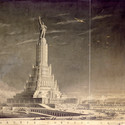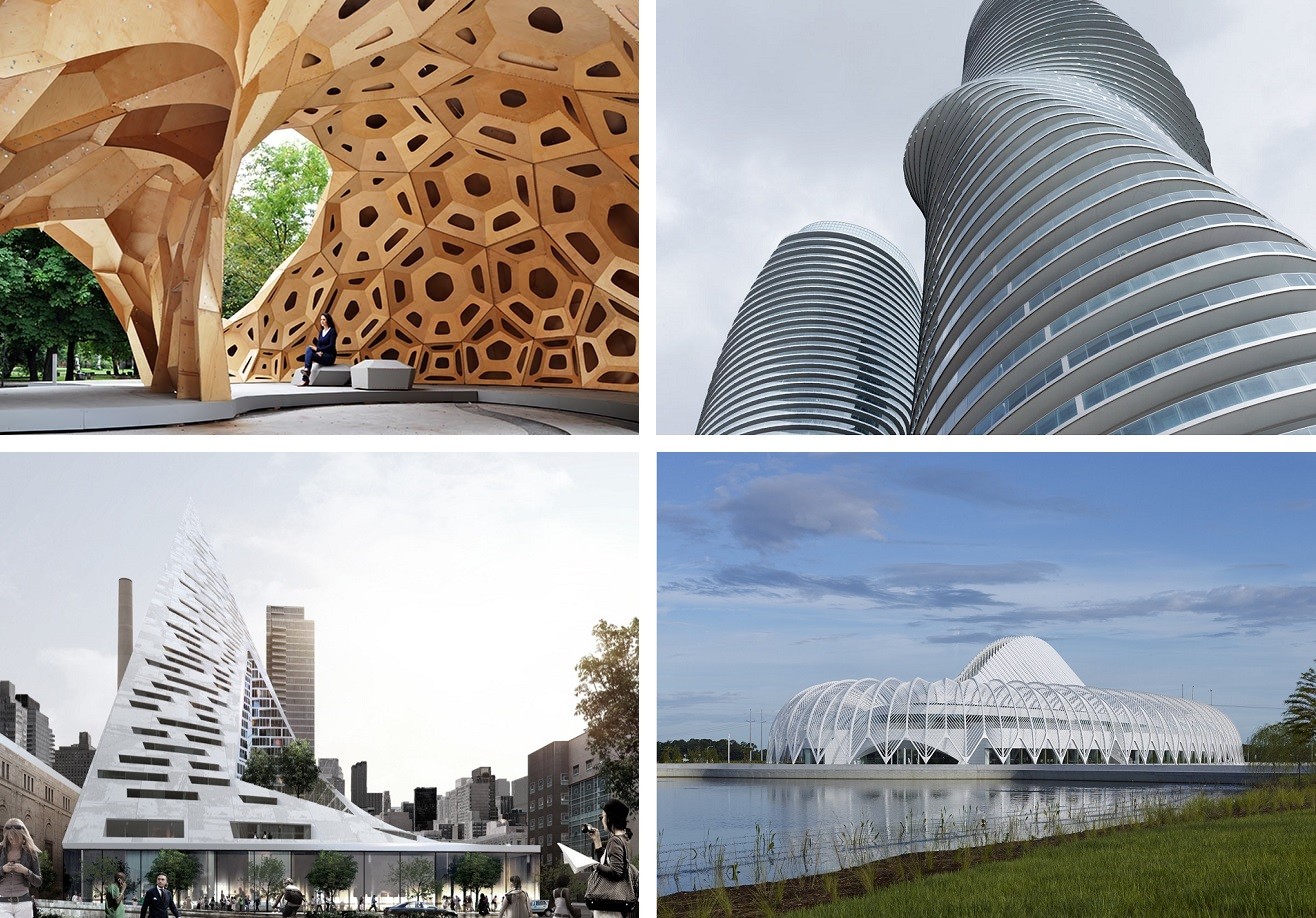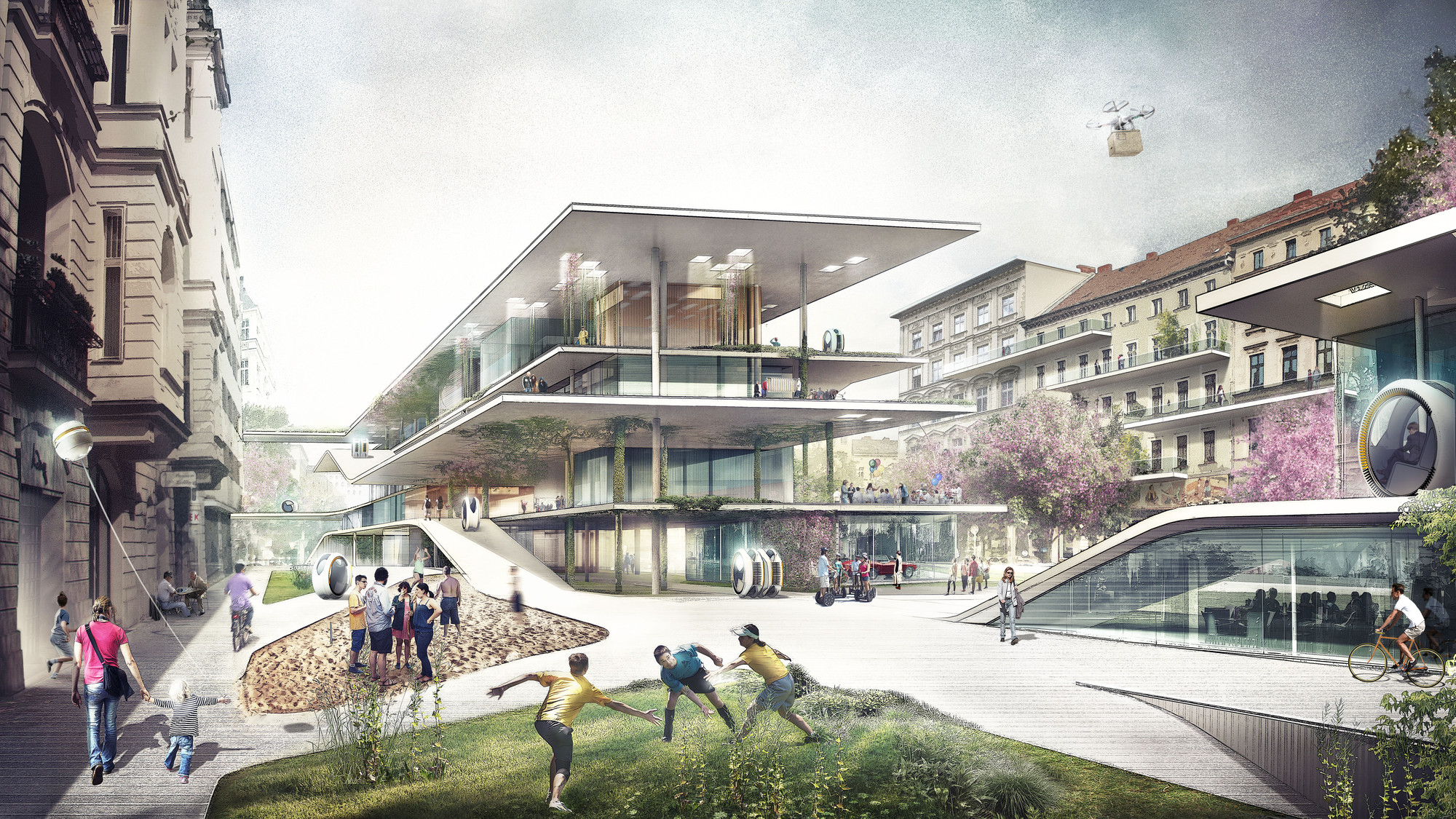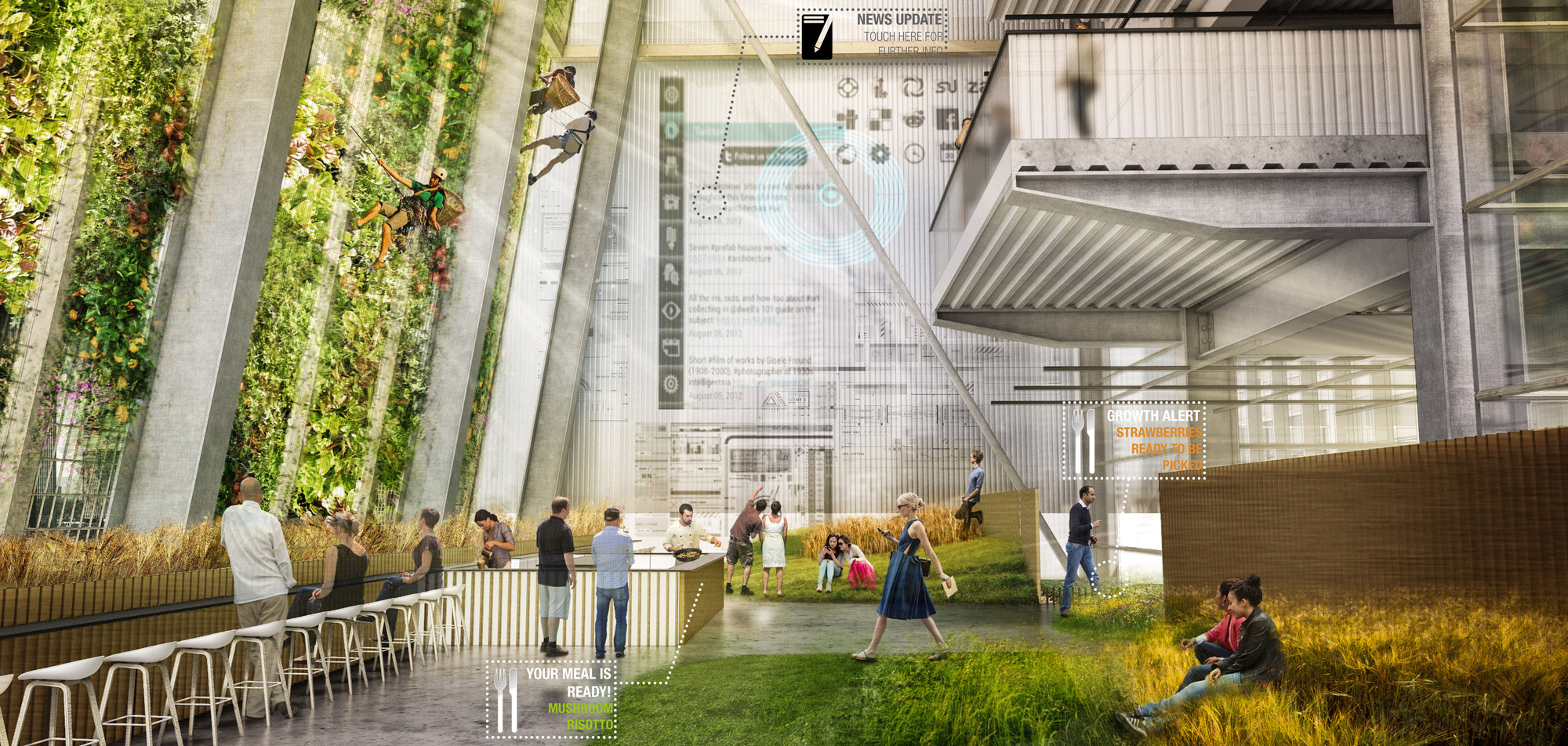
The winners of Metropolis Magazine's Workplace of the Future 2.0 Design Competition have been announced. This year's competition challenged participants to redefine the idea of the office, illustrating their interpretation of the evolution of workplaces within the next 15 years.
Although their approaches are different, each of the winning designs, selected from 153 entries, shows innovation in how they develop new office prototypes by employing technological ingenuity, maintaining much of the same construction while providing different experiences to suit the employees' unique needs. The winning entry (Organic Grid +) and the runner-up (the Hybrid Office) both reflect architecture which is highly receptive to its inhabitants.
Learn more about the winners after the break.



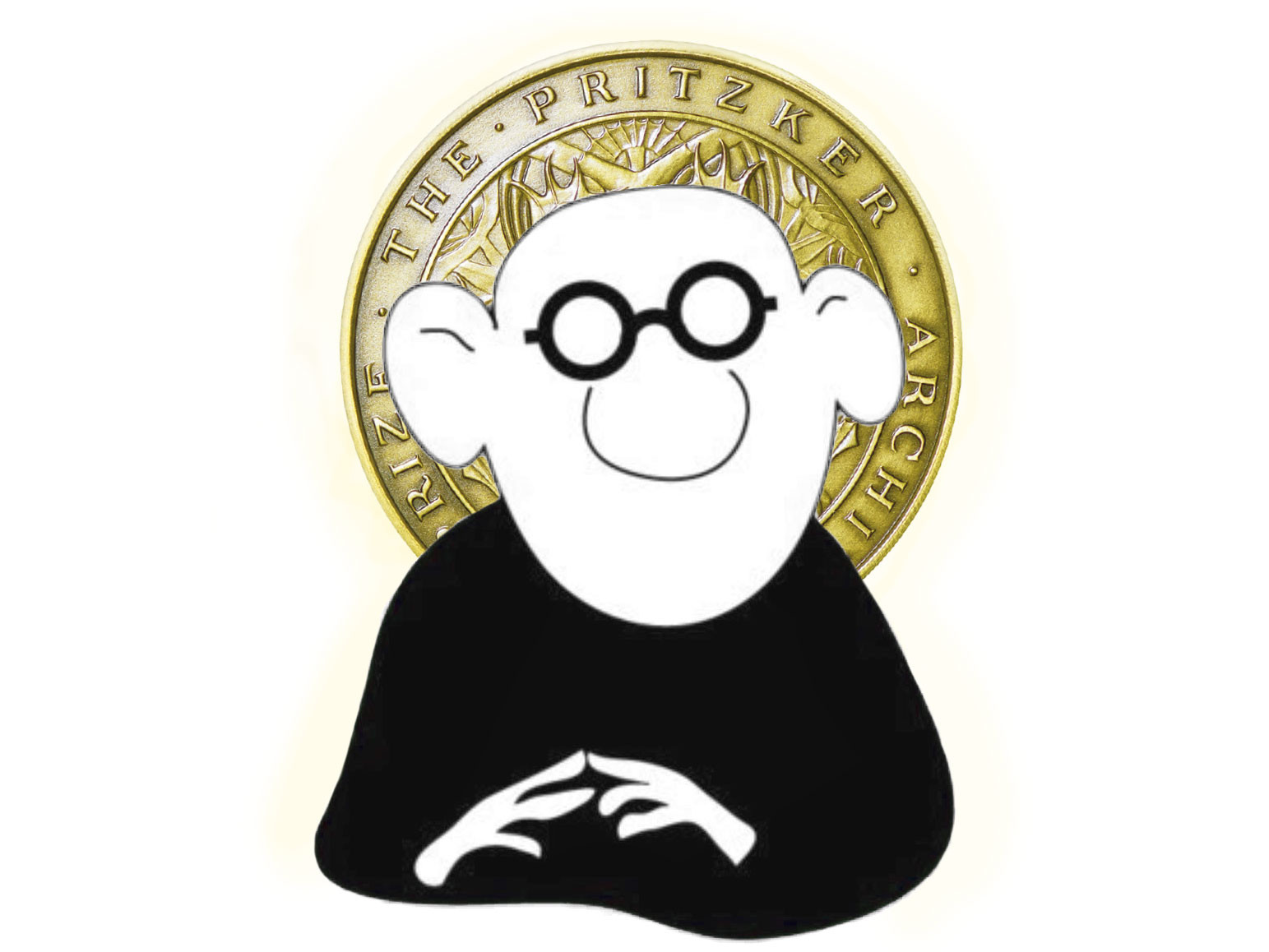
















.jpg?1420040922)
